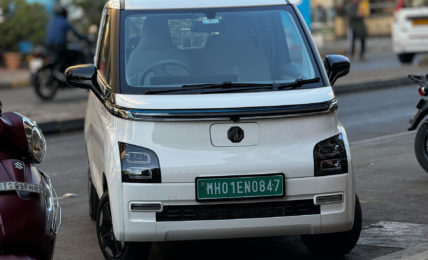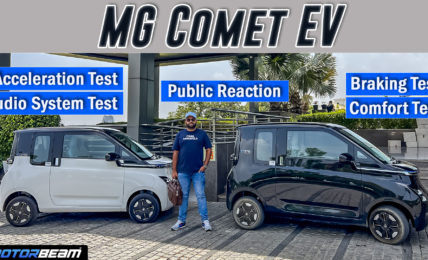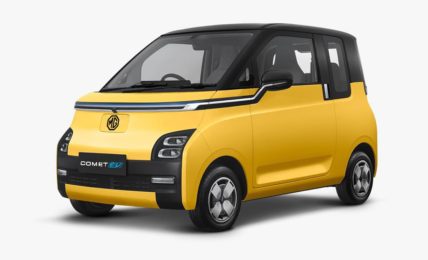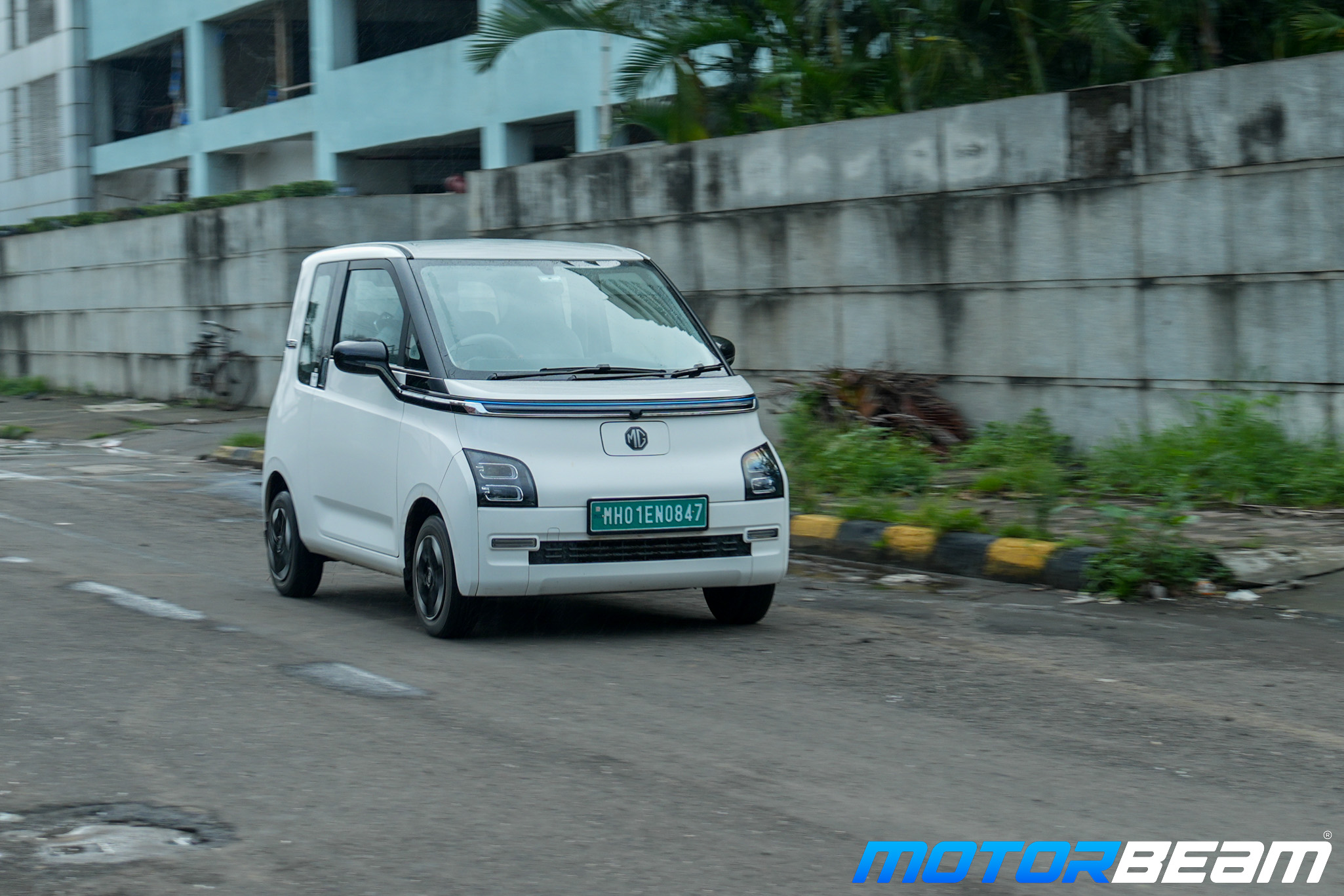
The MG Comet has been in our long term fleet for over six months now. In the first report, I mentioned how our tiny long-termer is an attention magnet, making it less suitable for those who prefer flying under the radar. The Comet has since clocked plenty of kilometres in and around Mumbai, offering a range of new insights. Having its main competitor, the Tata Tiago EV, in our long-term fleet as well has helped us draw some interesting comparisons over time.
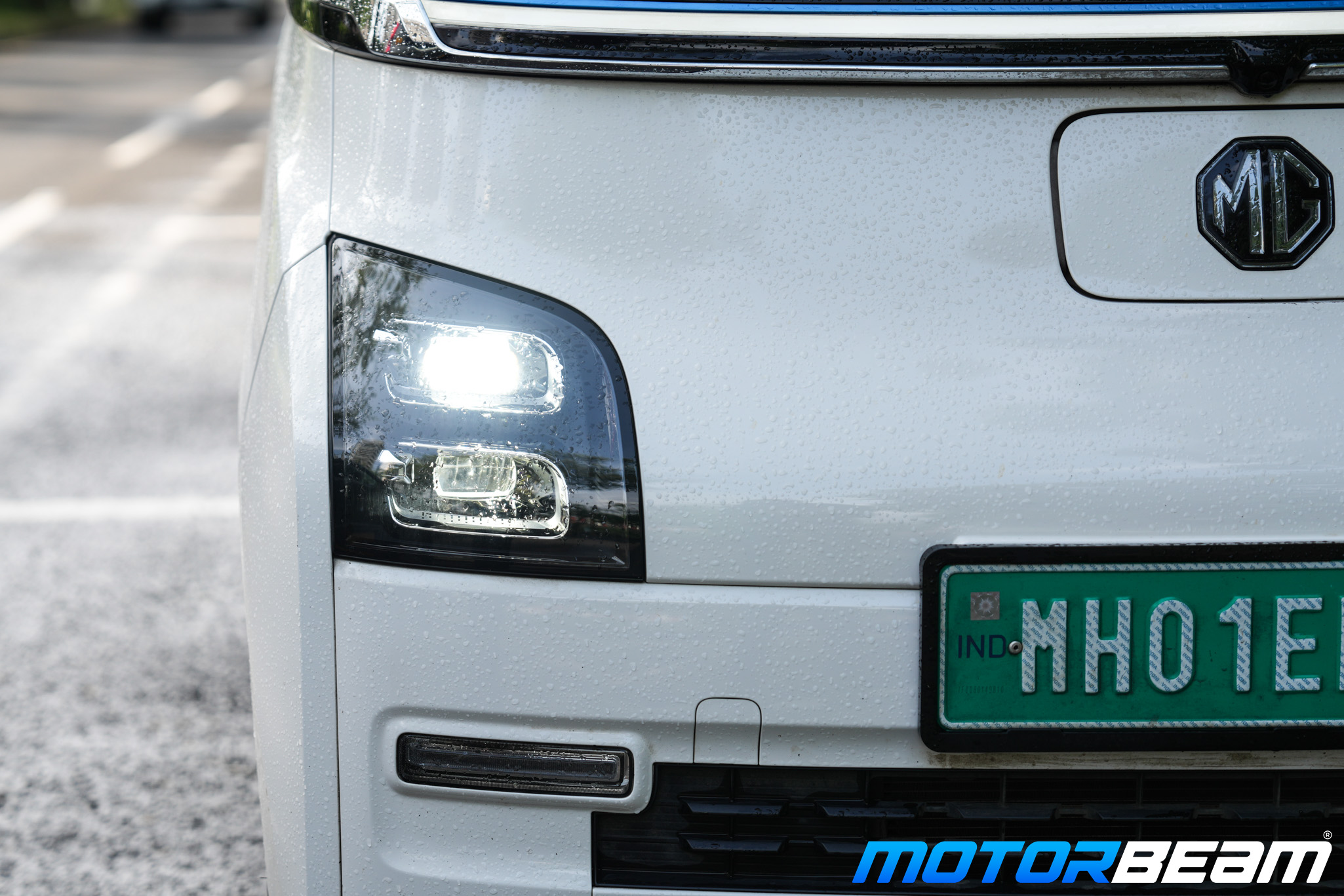
We’ve established that the Comet is easy to park, manoeuvre and has excellent air conditioning, though its ride quality leaves something to be desired. With over 8000 km under its belt, there’s plenty to discuss, especially when it comes to range and charging.
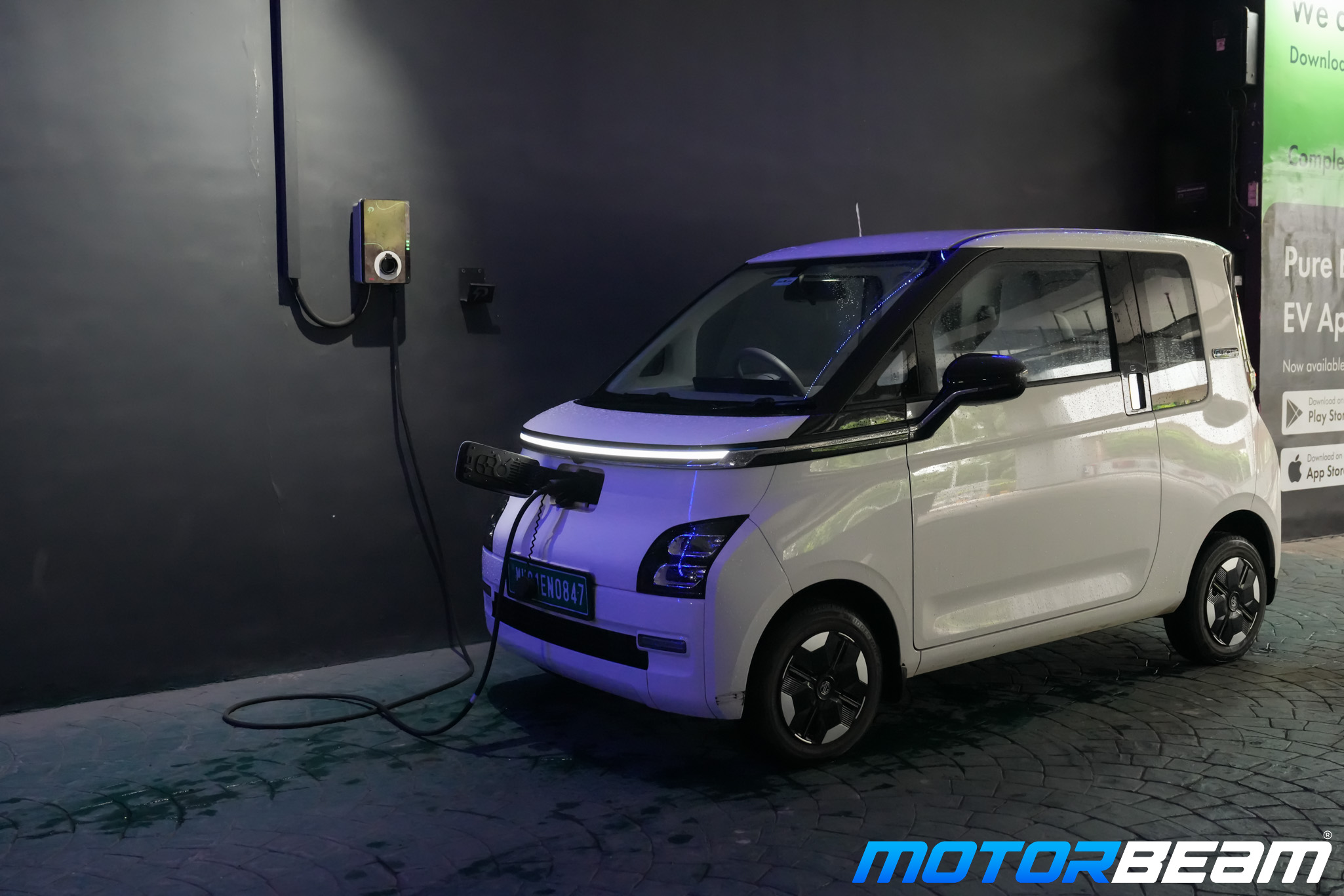
On a full charge, with regenerative braking set to ‘Heavy,’ I’ve been consistently getting a range of around 160-180 km. Of course, this varies depending on traffic and throttle inputs. Unfortunately, the Comet doesn’t offer any real-time efficiency readouts, so you’re kind of flying blind when it comes to tracking your driving habits.
The range display isn’t adaptive either, unlike the Tiago EV, so you have to trust the math and the SoC reading. When fully charged, it claims 200 km of range and as you drive, you quickly become a master of mental math to figure out what’s left. Initially, I had serious range anxiety—I was sweating more than the Comet’s AC could handle—but over time, I learned to trust the car.
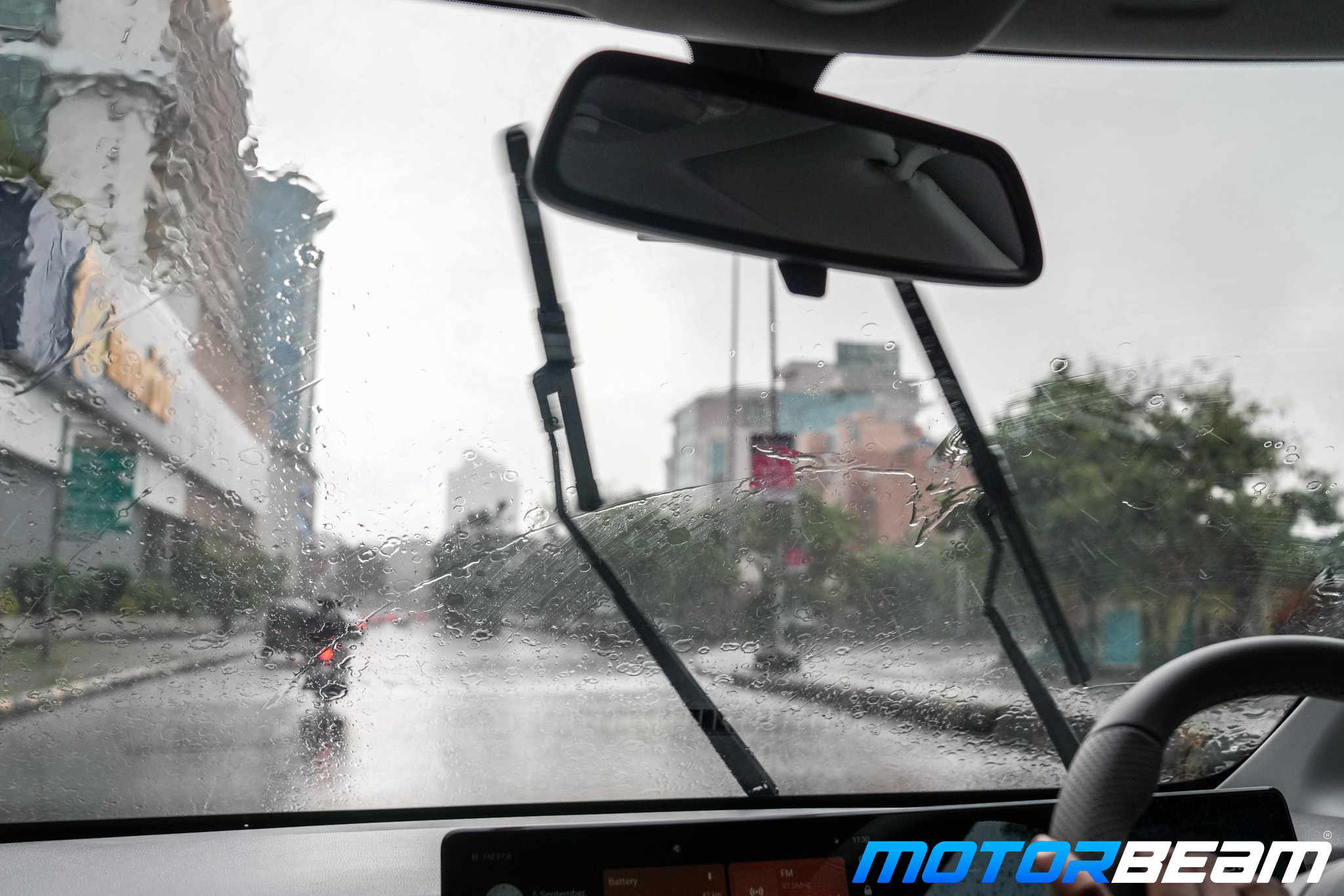
One area where the Comet falls short is the lack of DC fast charging. Due to parking challenges, I wasn’t always able to charge it at home, which made things tricky. I swapped the Comet for our Tiago EV for a few days and the contrast was stark. With the Tiago’s DC fast charging, I was back on the road before my hot cup of Americano got cold. While the Comet can use public charging stations with a Type 2 plug, it’s difficult to find one without embarking on a city-wide treasure hunt.
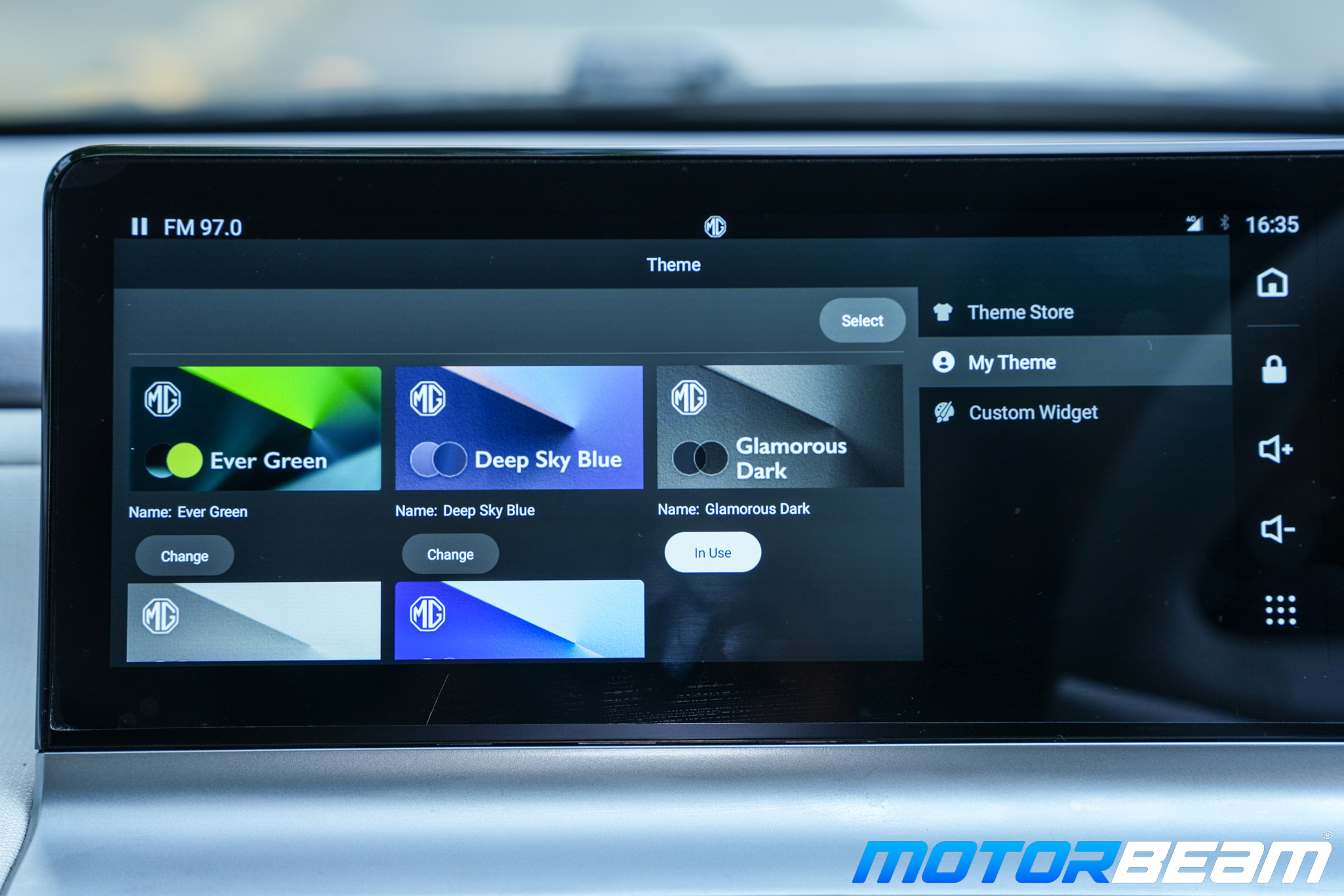
The Comet, being a modern connected EV, did receive an over-the-air software update during my time with it. While there were no major changes, some new themes and bug fixes were included. However, the update didn’t fix the infotainment display’s tendency to freeze. Moreover, after the update, the AC menu started acting up from time to time.
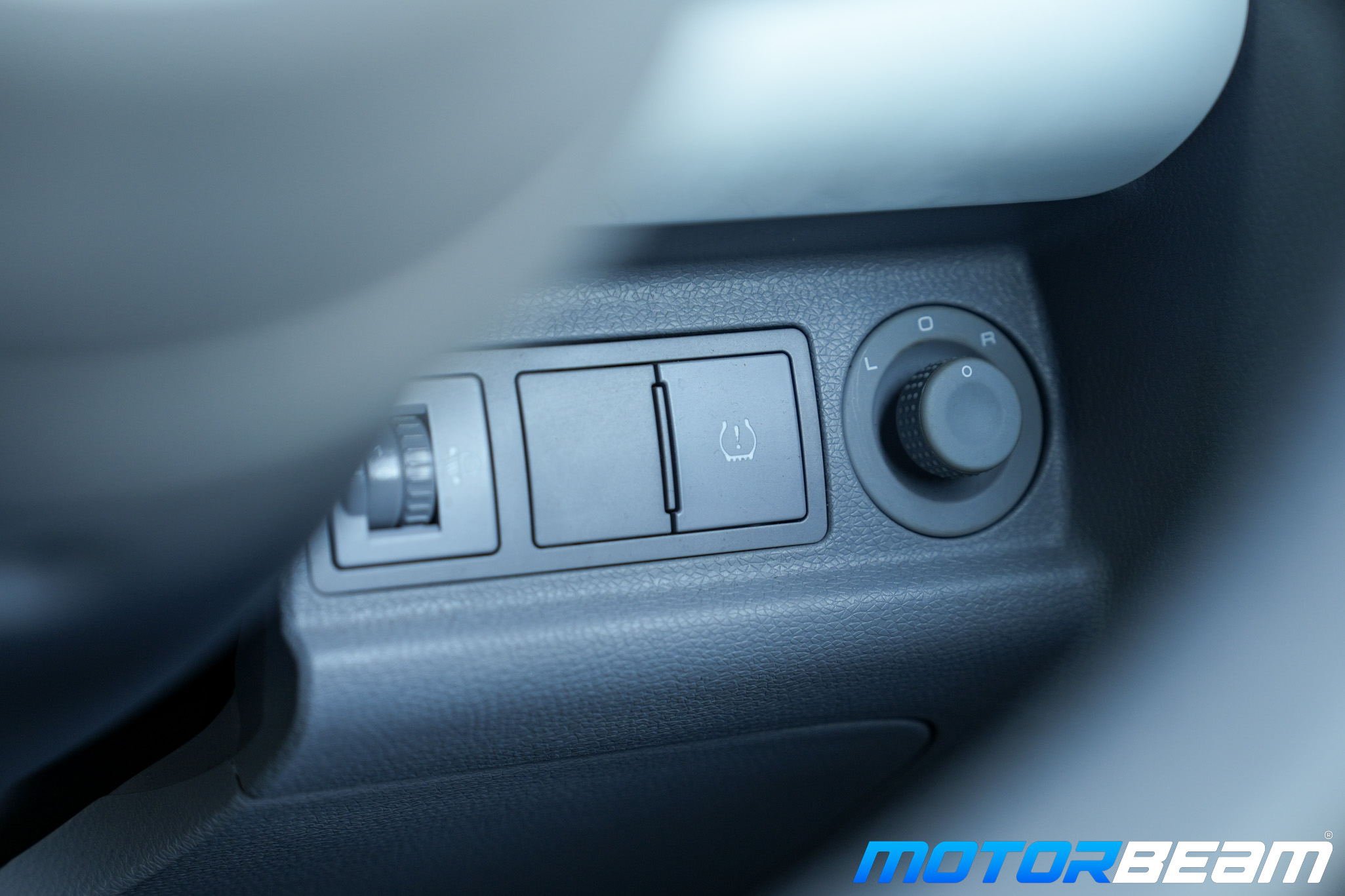
The infotainment screen offers good resolution and is responsive with Apple CarPlay but using other functions can feel a bit sluggish. Resetting the trip meter, for example, involves navigating through multiple menus. The steering-mounted controls could also be improved—they lack any tactile feedback, making me wonder if I was skipping a song or performing a secret Morse code message. Then there’s the in-built voice assistant, which seems to have a mind of its own, popping up randomly like an over-eager friend who won’t stop calling. The voice command button on the steering wheel, which I often use to access my phone’s voice assistant, wouldn’t work either.
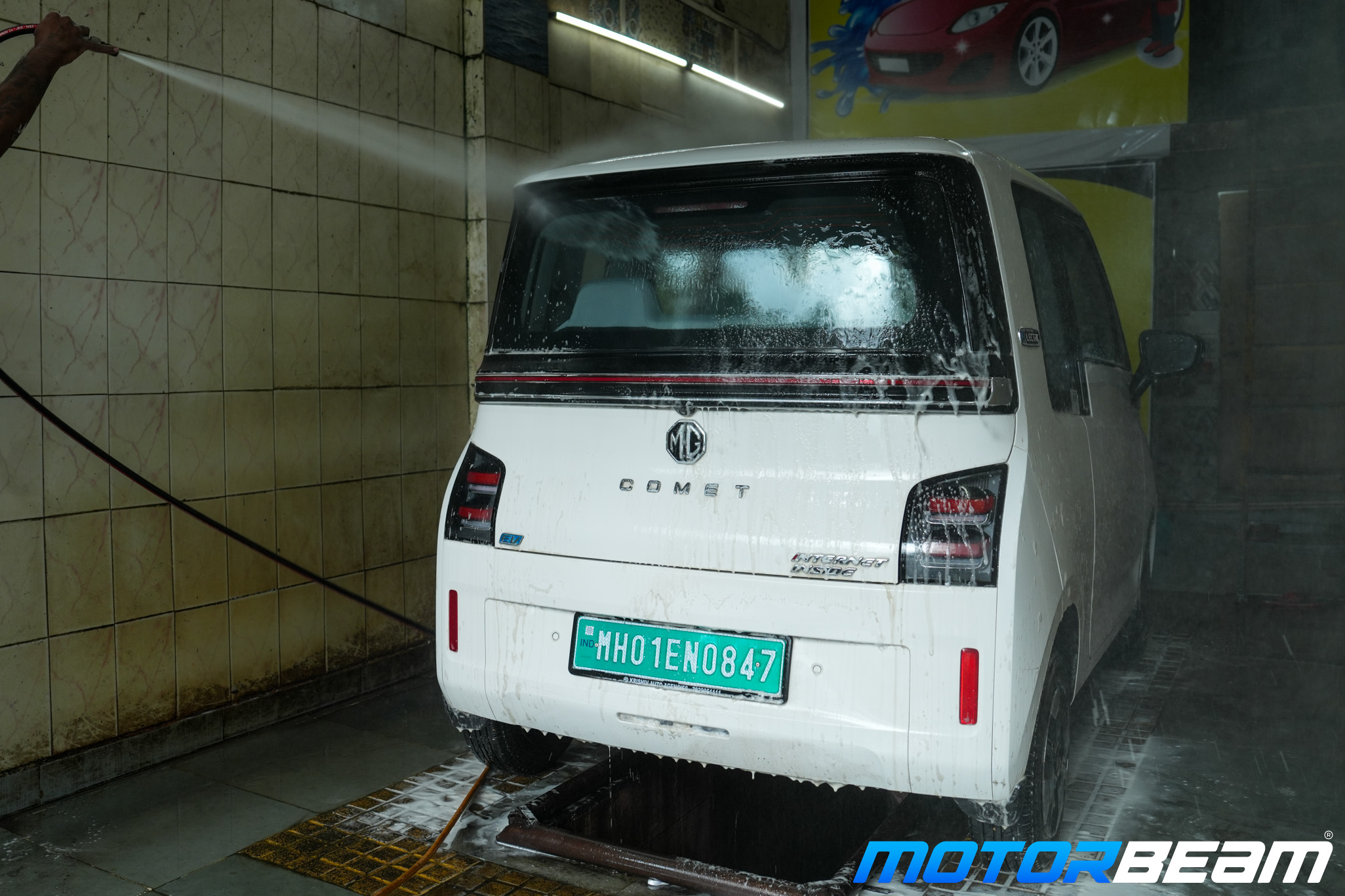
With monsoon season upon us, grabbing the Comet’s keys instead of hopping on a two-wheeler was a no-brainer. The small size remains its biggest asset, making parking in tight spots a breeze. Plus, there’s no worry about waterlogged underpasses—I could drive right through without the stress of an internal combustion engine, where you’d have to worry about water reaching the exhaust. However, rainy drives revealed an issue about the windows fogging up, particularly at the rear. The front defogger didn’t help much, and I couldn’t find a way to turn on the rear defogger, even after going through the user manual. If there’s a secret handshake involved, MG forgot to teach me.
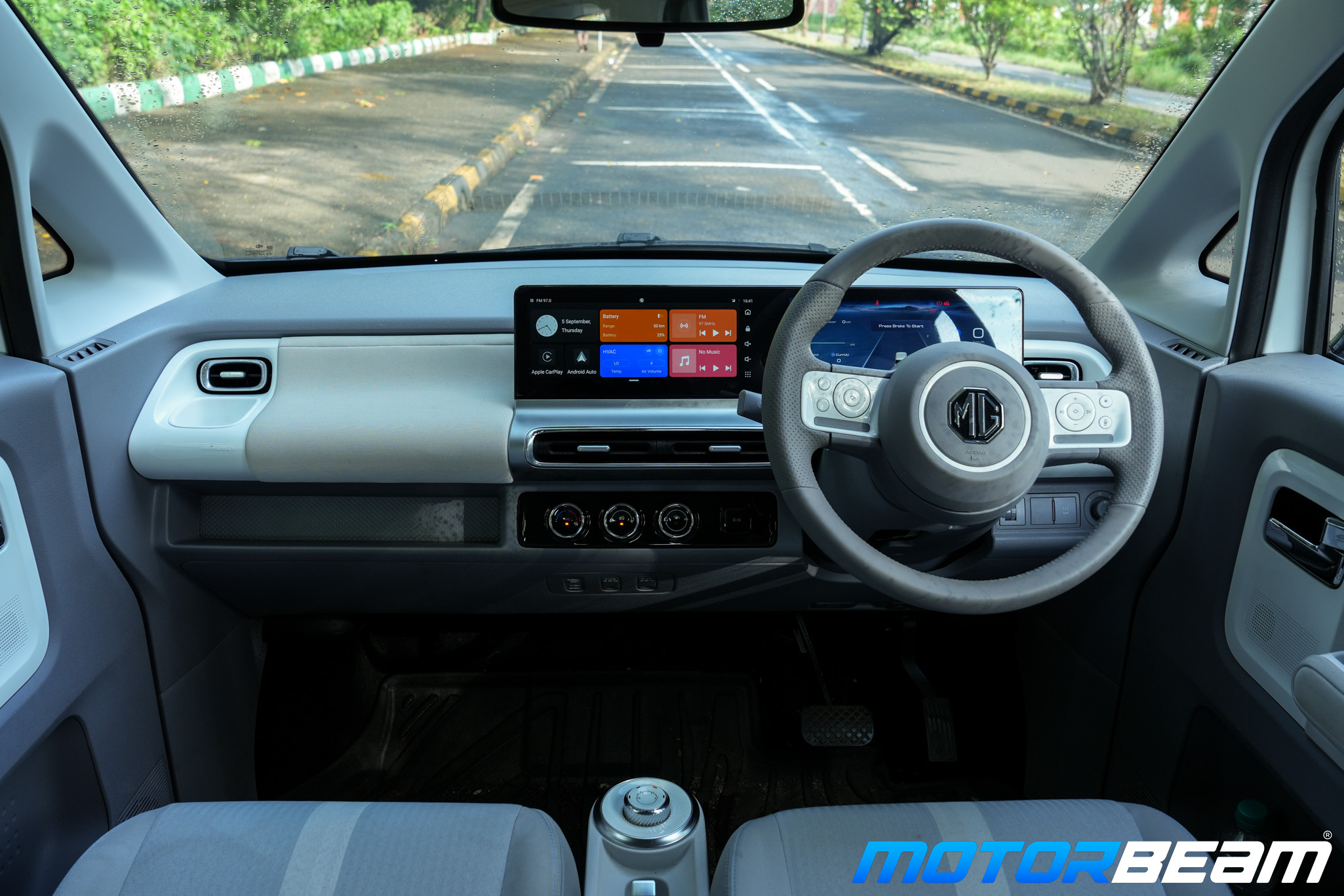
The light-coloured interior proved challenging to keep clean during the monsoon and while the door pockets offer space for small bottles, there isn’t much in the way of practical storage. I ended up placing my phone under the handbrake when using Apple CarPlay. Luckily, the updated Comet now comes with an electronic parking brake, which should make this less of an issue for future users.
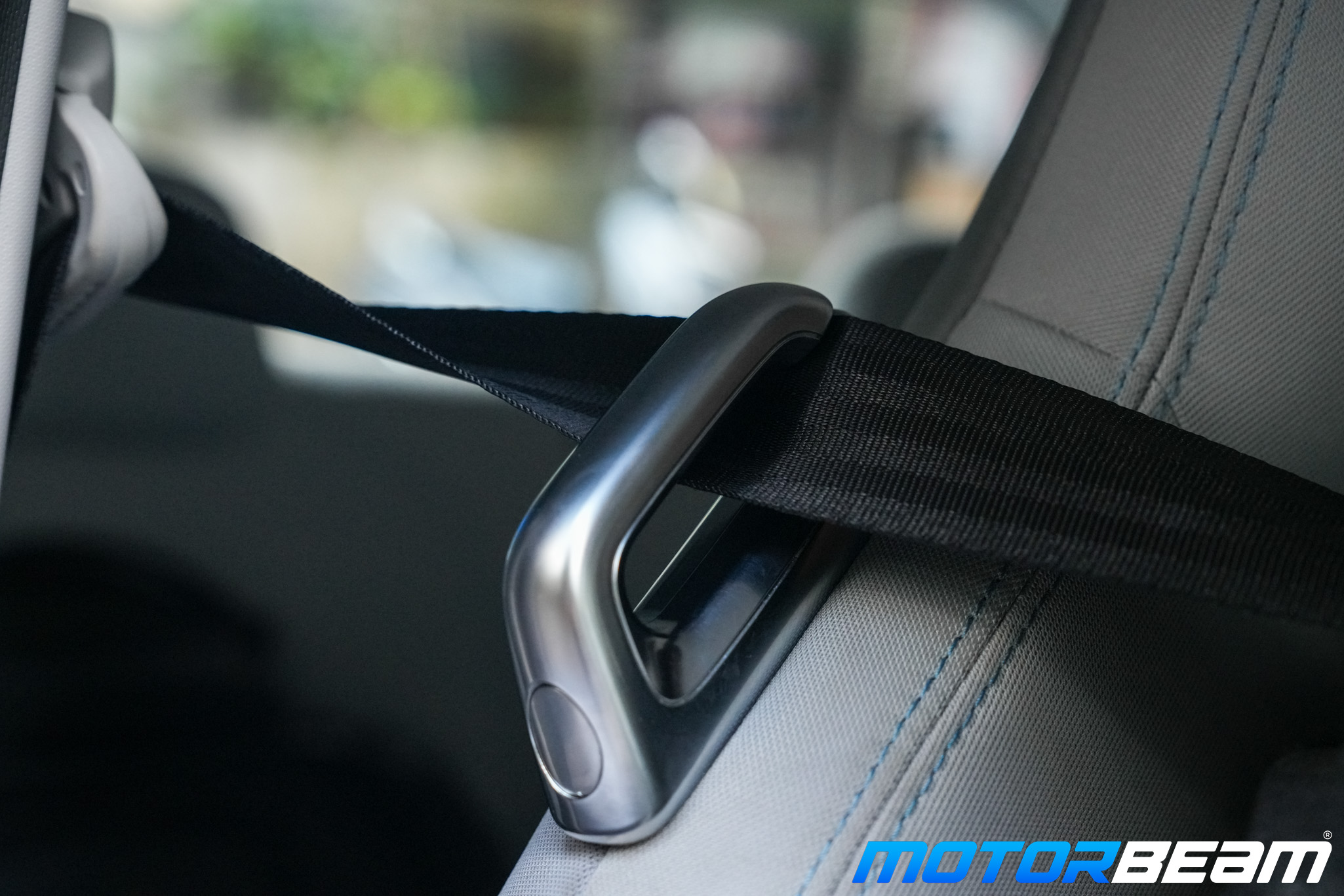
Driving in the rain also highlighted the brakes’ shortcomings. They became somewhat grabby, and on Mumbai’s pothole-ridden roads, regenerative braking was cut off if you went over a bump or pothole while braking. This forced me to rely on the actual brakes, which caught me off guard. There was also a delay before the regenerative braking kicked back in.
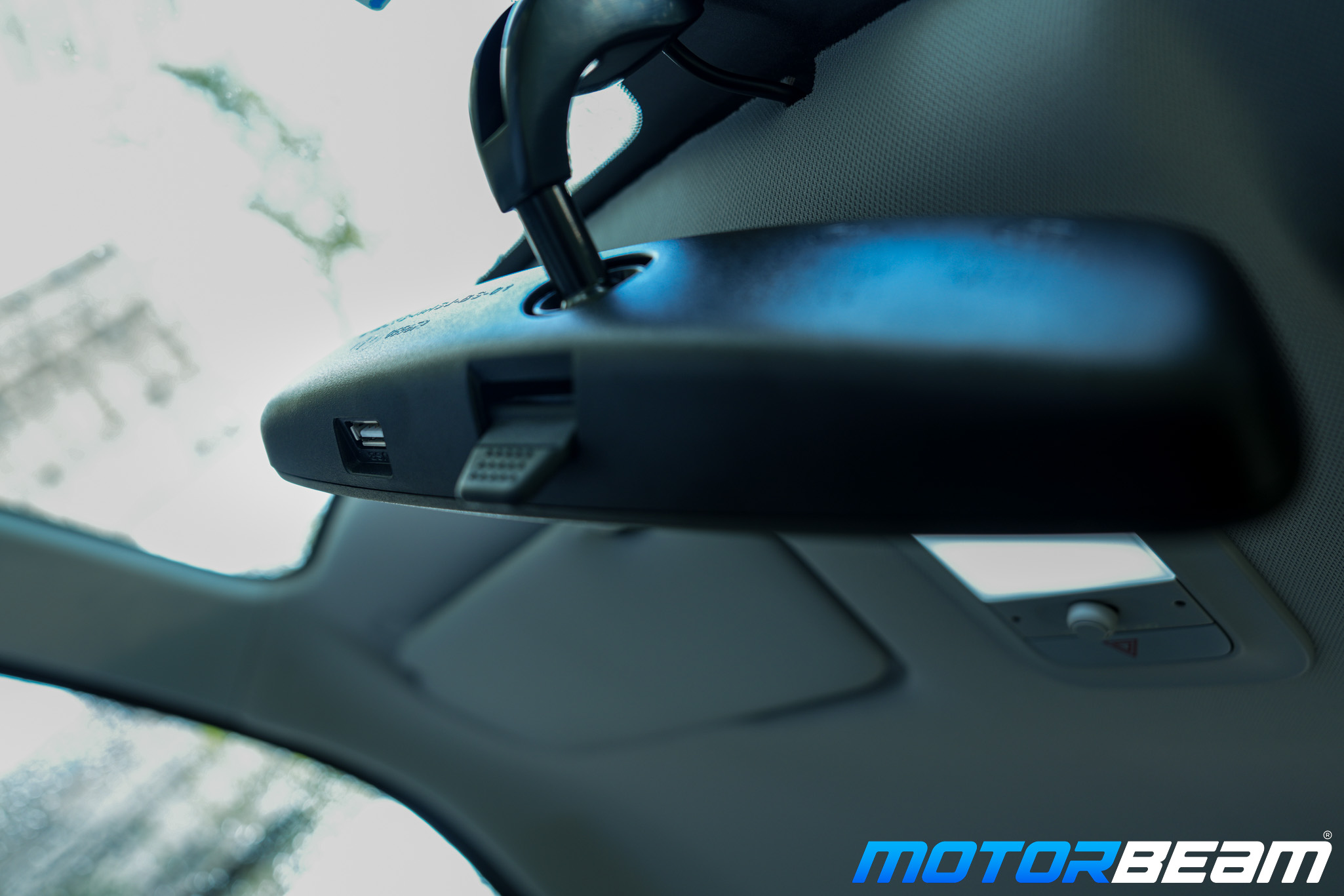
Despite these quirks, the Comet remains a reliable and convenient option for the daily grind, especially if you’re looking for something that’ll keep your wallet from running for cover. It’s well-built, feels premium inside and is perfect for zipping through the city. In the next report, I’ll dive into how the Comet stacks up against its direct competitor, the Tata Tiago EV. Stay tuned!


